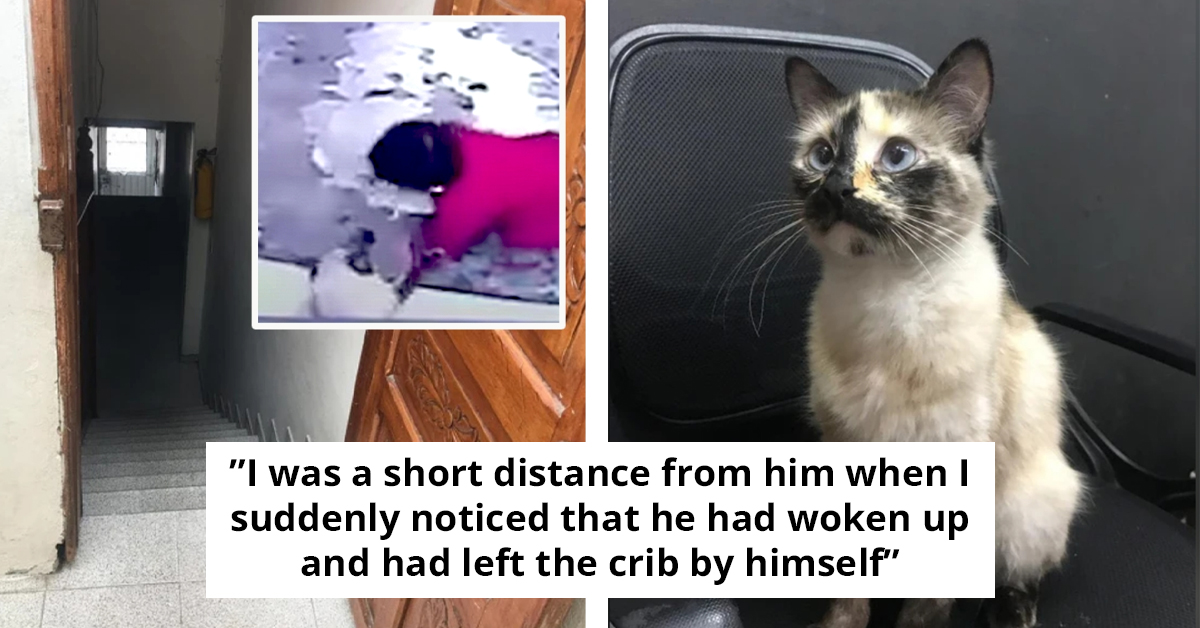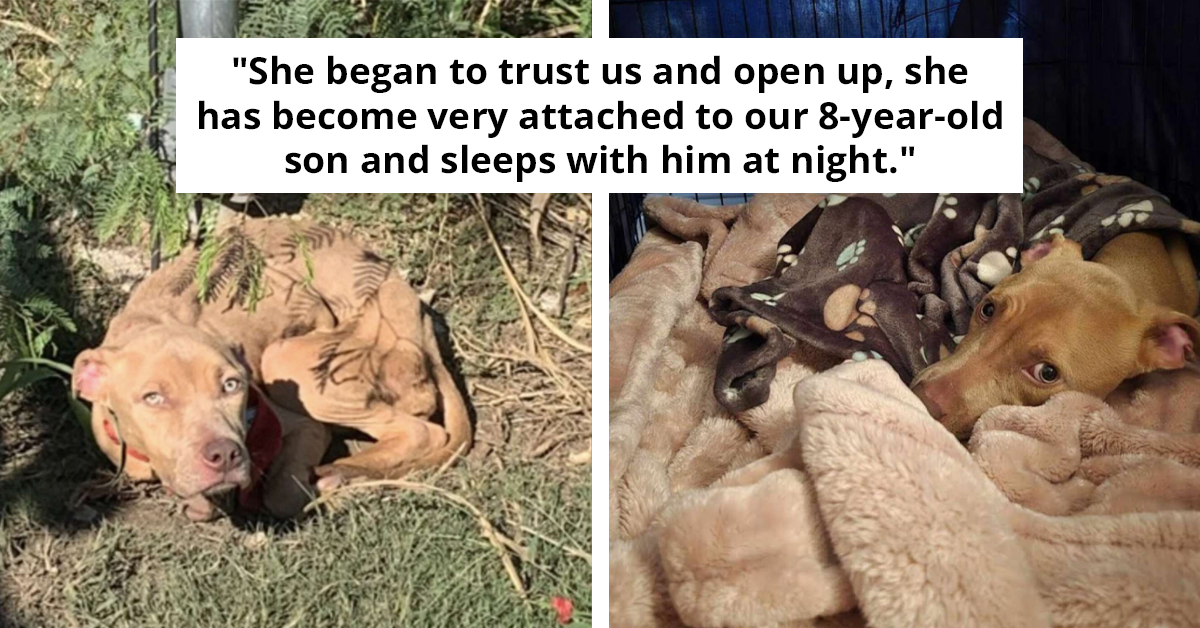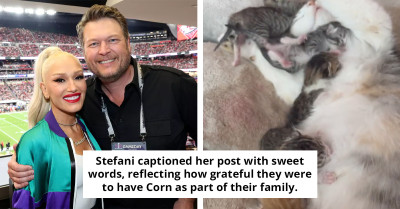Stunning Big Cat Portraits Reveal The Incredible Purrsonalities of Enormous Predators
Ralph Perou is a particularly famous British photographer, known professionally as simply PEROU or mrperou. Perou has photographed some of the most famous people in the world today, from Justin Timberlake, Jay-Z, and Eminem to bands like U2 and Coldplay. Recently, he's partnered with Marilyn Manson for a photobook of epic proportions called "Marilyn Manson by PEROU: 21 Years in Hell."
However, it's his project with the Big Cat Sanctuary that has us gushing today. PEROU took a break from photographing the world's musical icons and guest starring as a judge in reality competitions on TV to set up his studio in an enclosure in Kent. PEROU's specialty as a photographer is helping bring the true character of celebrities forth into photographic magic, so it should come as no surprise that his goal with the big cats of the Kent sanctuary was similar: make their purrsonalities POP.
Hoping to raise awareness of the big cat’s vulnerability in wildlife, PEROU did two-meter prints of the big cats and he intends to auction them off. He will then donate the earned funds to the cause of "their survival in the wildlife."
For a full year, PEROU photographed the big cats: Nias, Narnia, Manzi, Maya, brothers Bajrami and Keene, and Xizi in the enclosure that he re-fashioned into the purr-fect studio.
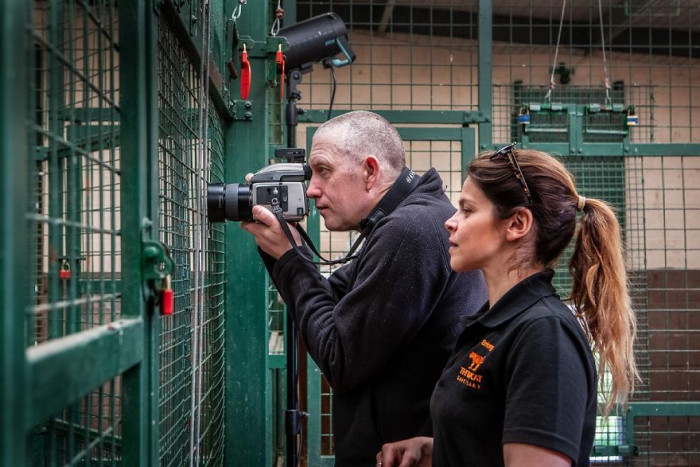 Source
SourceMaya
Maya, the Jaguar, almost did not make it after her mother was unable to feed her following her birth in July 2017. The Jaguar cub was dehydrated and weak, which led to the decision to hand-rear her. Maya appeared on the BBC’s ‘Big Cats About the House’ and is an ambassador for the protection of her wild cousin. Source
Source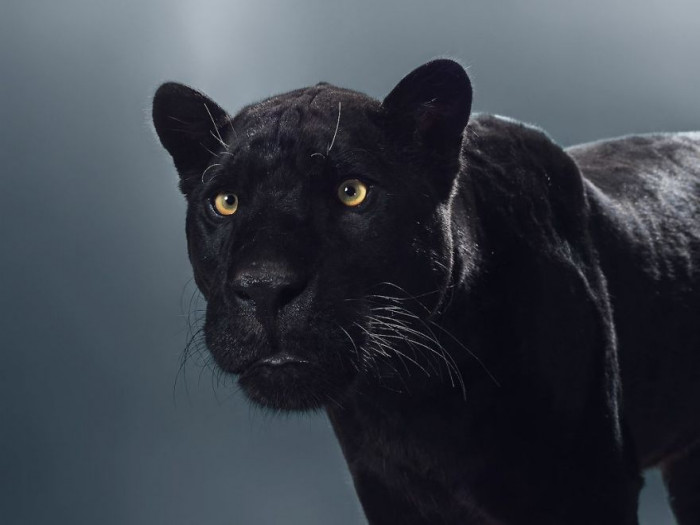 Source
Source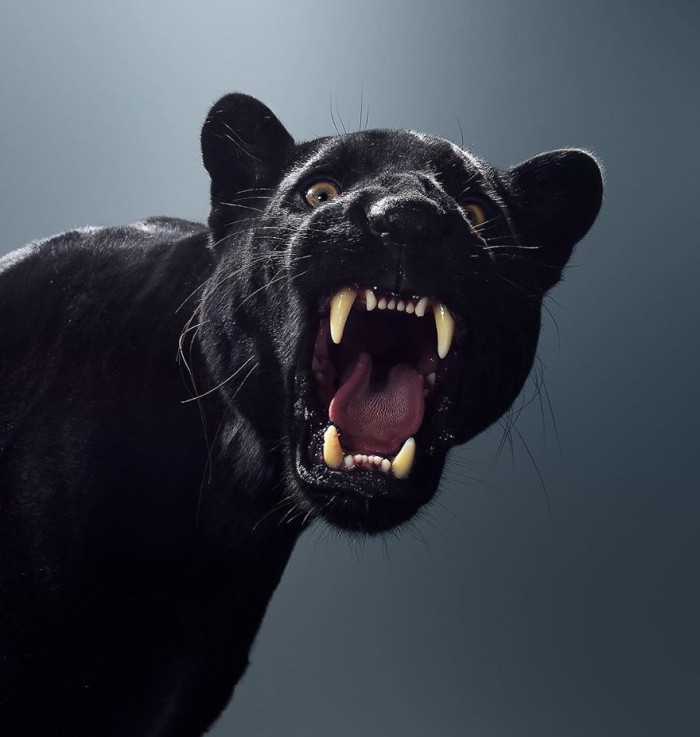 Source
SourceIn an interview with Bored Panda, PEROU said:
Most people photograph big cats from a distance in daylight (for good reason) so I decided to enter the lions’ den (literally not metaphorically) and set up a photo studio there to photograph these magnificent animals the same way I would photograph a rock star or a fashion model. ...Unlike actors, celebrities and models, big cats let you know exactly how they feel about you and how you’re doing photographing them. There is no pretense.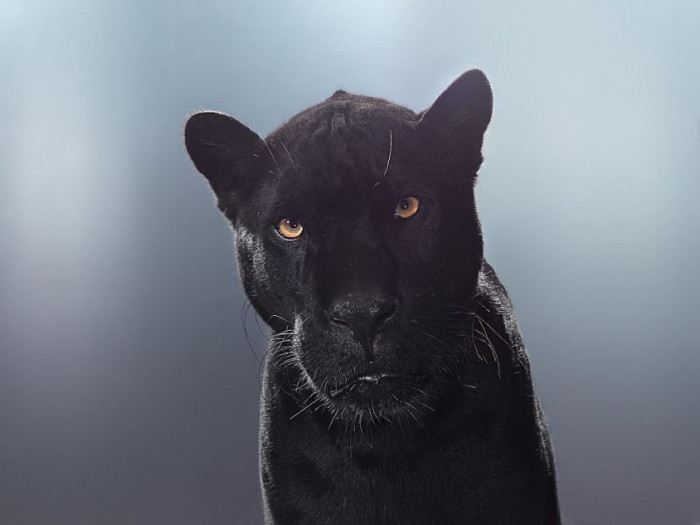 Source
SourceWorking with Maya provided opportunity for PEROU to get to know her very well:
She loves human interaction and was very difficult to photograph because she is always rubbing up against the fence to have someone scratch her back or tickle her. She had to go back to be photographed: no lens shoots that close.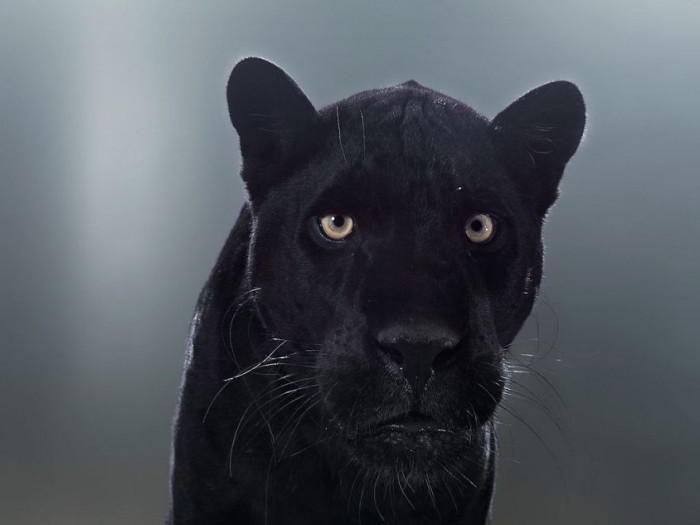 Source
SourceThe year-long project wasn't exactly smooth sailing, either. There were some bumps in the road along the way, including what one could only amount to "tantrums" on the cats' parts. Which, if you know much about cats you could easily argue is a typical cat trait regarless of their size. PEROU said:
I initially offered to photograph all the cats at BCS, not realizing how challenging the project would be. The first 6 months, I went to the BCS almost every week and every week I would come home without any pictures. I was hugely demoralized and thought, “Actually, this is never going to happen."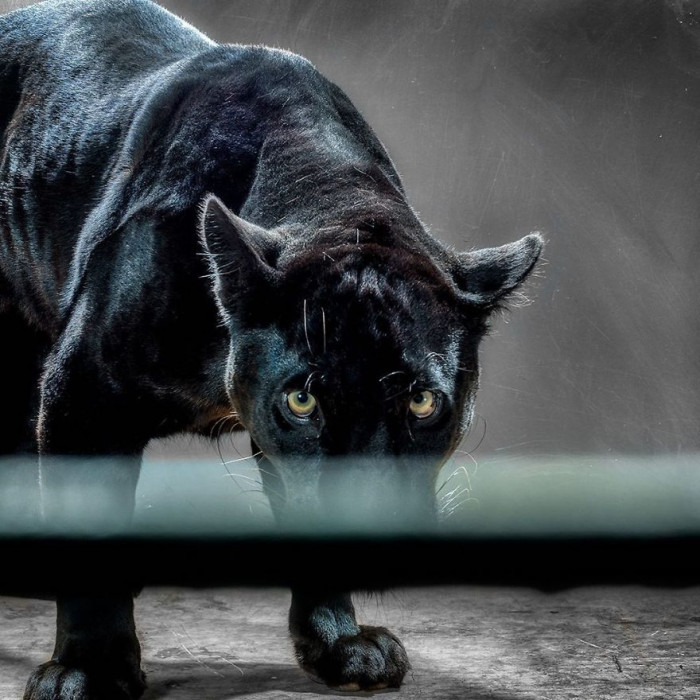 Source
SourceNarnia
Narnia was born in French circus; she needed a home so came to live at Paradise Wildlife Park as a partner for resident their Amur tiger Rocky. They are no longer able to live together, so Narnia came to WHF, The Big Cat Sanctuary.Narnia very quickly became a firm favorite with guests. She is very happy to participate in photography workshops and loves to drape herself over the platform in the perfect pose. She can be a naughty madam and likes to chew at the mesh and wind up Nias who lives in the enclosure next to her own. The worst habit she has at present is having a poo in her pond, which the keepers then have to fish out!https://thebigcatsanctuary.org
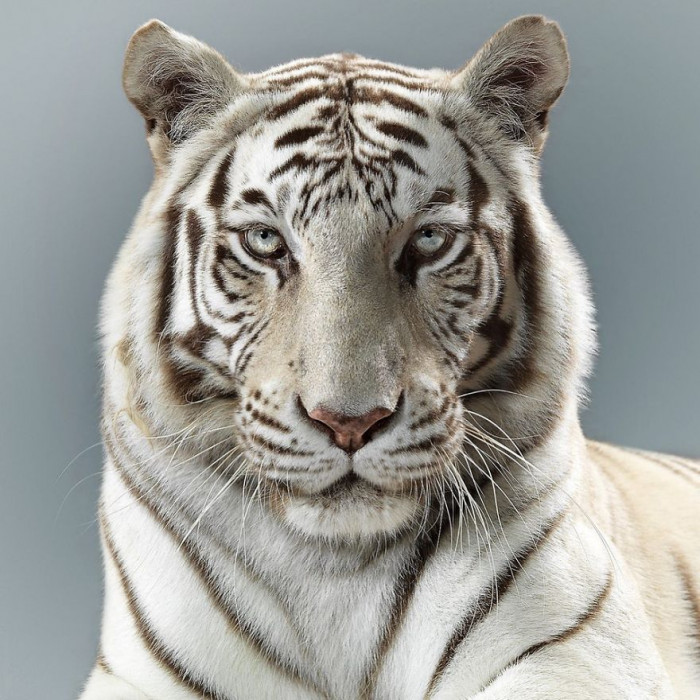 Source
Source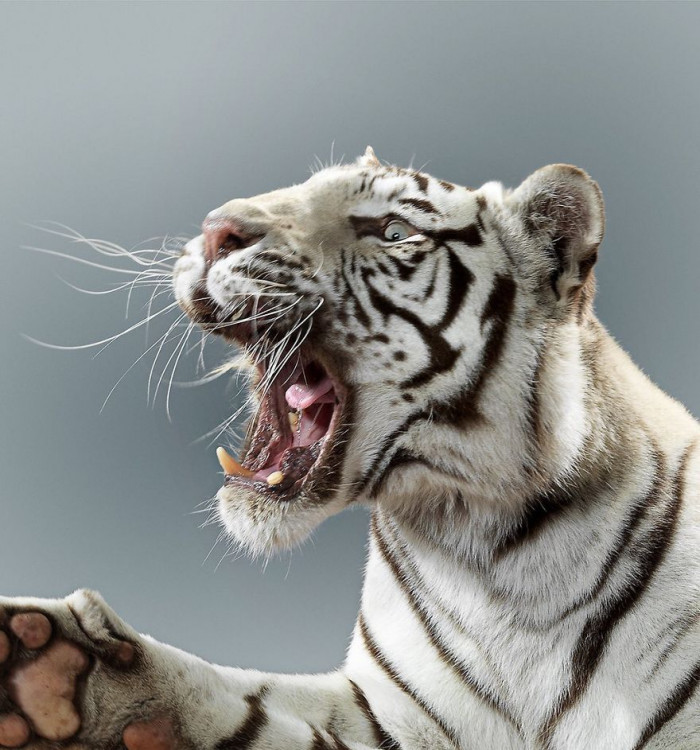 Source
Source
Xizi
Xizi was born at Helsinki zoo in Finland in 2005 and came to WHF, The Big Cat Sanctuary, in 2007, at around 2 years old.She has produced two sets of two cubs since being with us. In 2008, she bred with Artur and gave birth to two male cubs, Argun and Anuy. She also produced two cubs with Hogar in 2012.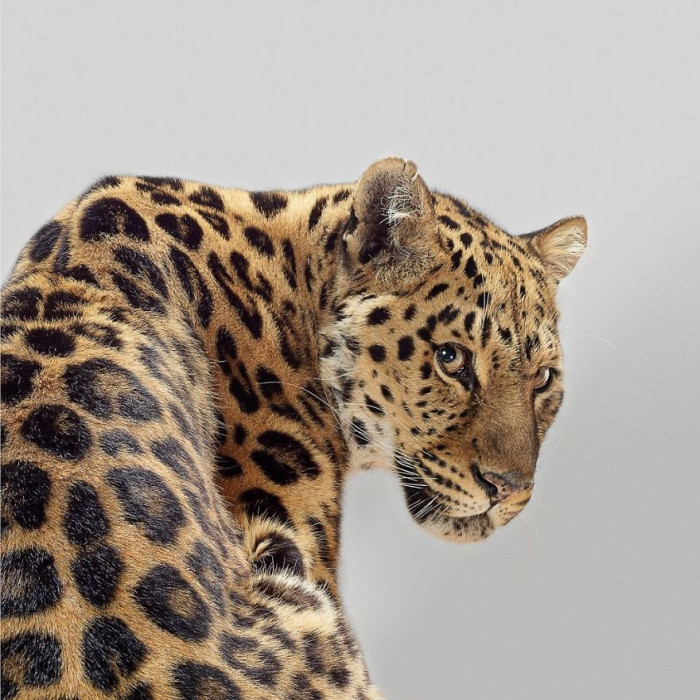 Source
Being strong climbers they take a kill up a tree to eat alone. The main prey species of the Amur leopard are roe and sika deer along with hares and badgers.Xizi is easily recognizable by the marking behind her left eye, which is in the shape of a perfect love heart.
Source
Being strong climbers they take a kill up a tree to eat alone. The main prey species of the Amur leopard are roe and sika deer along with hares and badgers.Xizi is easily recognizable by the marking behind her left eye, which is in the shape of a perfect love heart.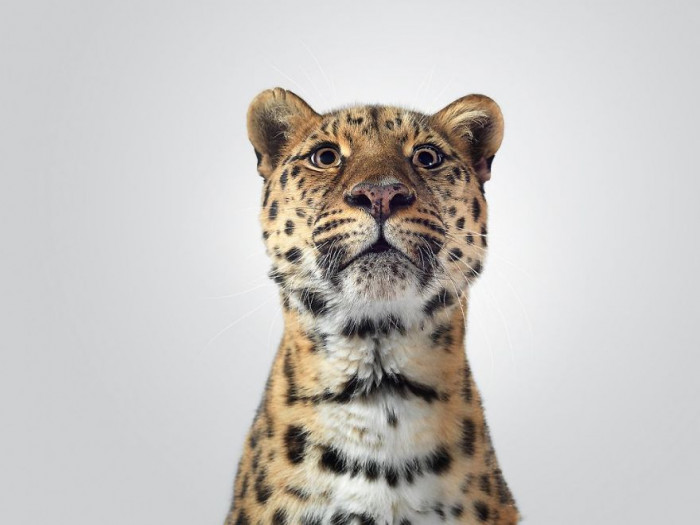 Source
Estimated that around only 60 Amur leopards remain in the wild, surviving on a dedicated conservation area in Russia, west of Vladivostok-the Primorskii Krai; this is the world’s most endangered big cat. Reaching speeds of 37 mph and able to leap 20 feet horizontally and 10 feet vertically they are formidable predators; giving a suffocating vice-like grip to the throat.
Source
Estimated that around only 60 Amur leopards remain in the wild, surviving on a dedicated conservation area in Russia, west of Vladivostok-the Primorskii Krai; this is the world’s most endangered big cat. Reaching speeds of 37 mph and able to leap 20 feet horizontally and 10 feet vertically they are formidable predators; giving a suffocating vice-like grip to the throat.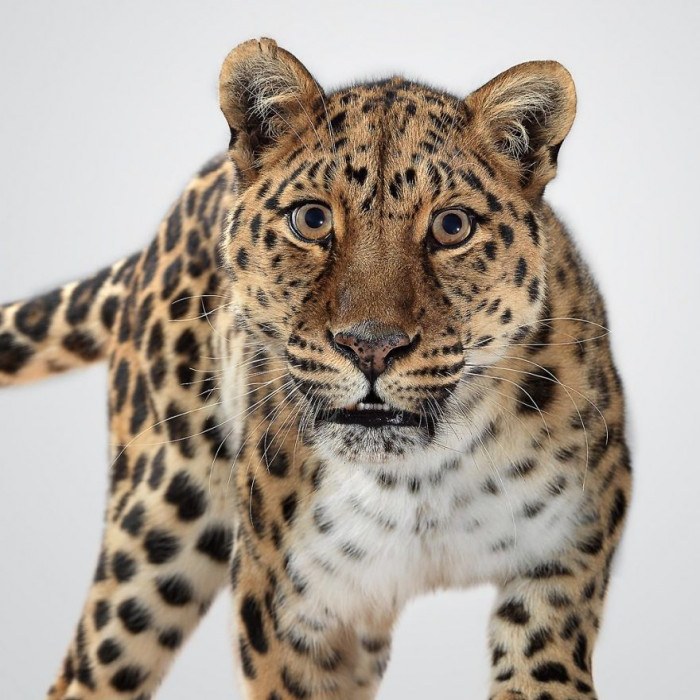 Source
Source
Clearly, while PEROU had a prickly start in the project, the cats became accustomed to his presence. What changed? Food, naturally. PEROU made sure to make himself present during feeding time so in the eyes of the bi cats, he became associated with their favorite foods.
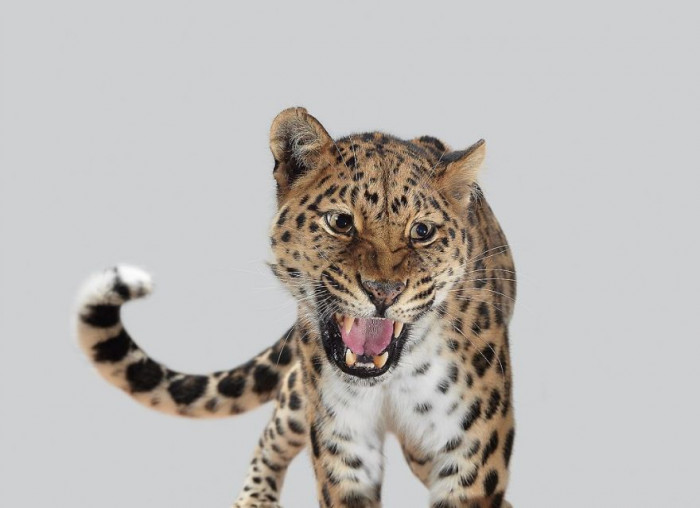 Source
Source
PEROU spent so much time with the cats that he did, indeed, get to know their unique personalities. Thus, he was able to capture them on camera.
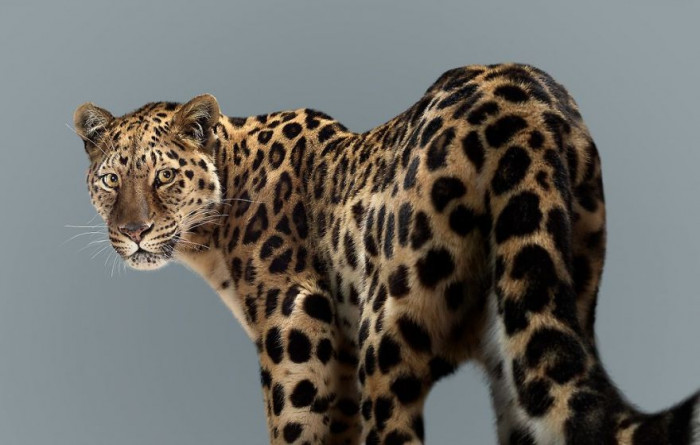 Source
I wanted to show what characters these cats are and how incredibly beautiful and magnificent they are.
Source
I wanted to show what characters these cats are and how incredibly beautiful and magnificent they are.-PEROU
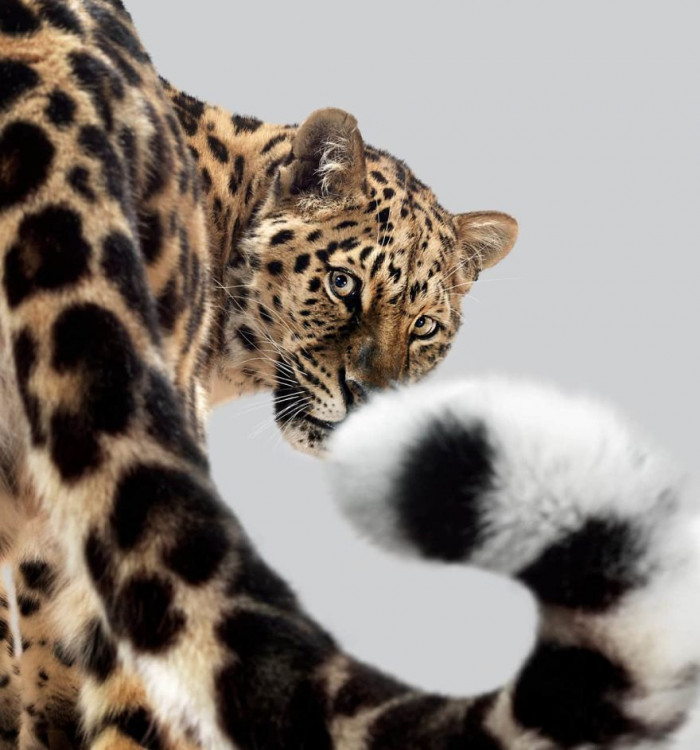 Source
Source
Keene
Bajrami, Keene, and Martin were born in a litter of 8 at Boras Zoo in Sweden, where they shared their enclosure with the zoo’s group of rhino!All 3 brothers are part of the studbook for Southern Cheetah so we will hopefully be using them for breeding in the future.https://thebigcatsanctuary.org
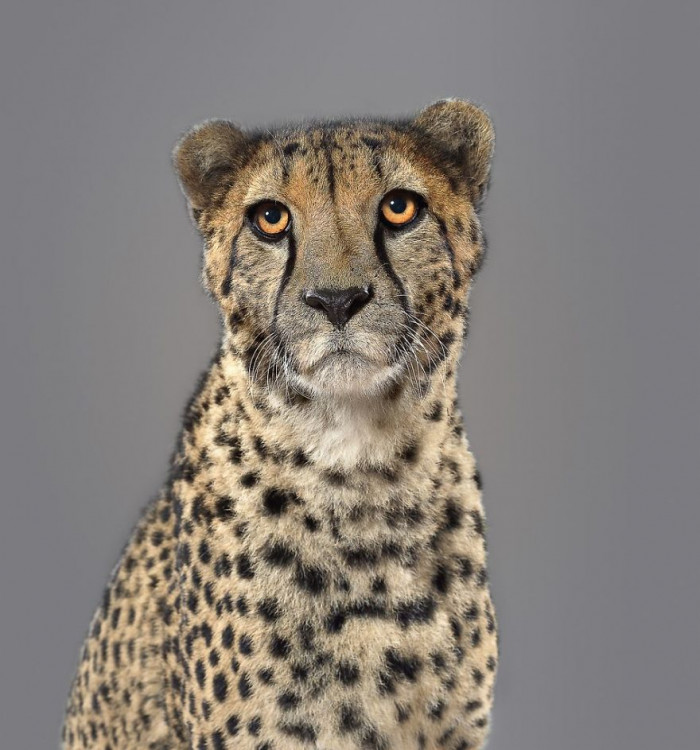 Source
Keene is the darkest and often gets very distracted in training; he likes to focus on more than one keeper during his training!
Source
Keene is the darkest and often gets very distracted in training; he likes to focus on more than one keeper during his training!https://thebigcatsanctuary.org
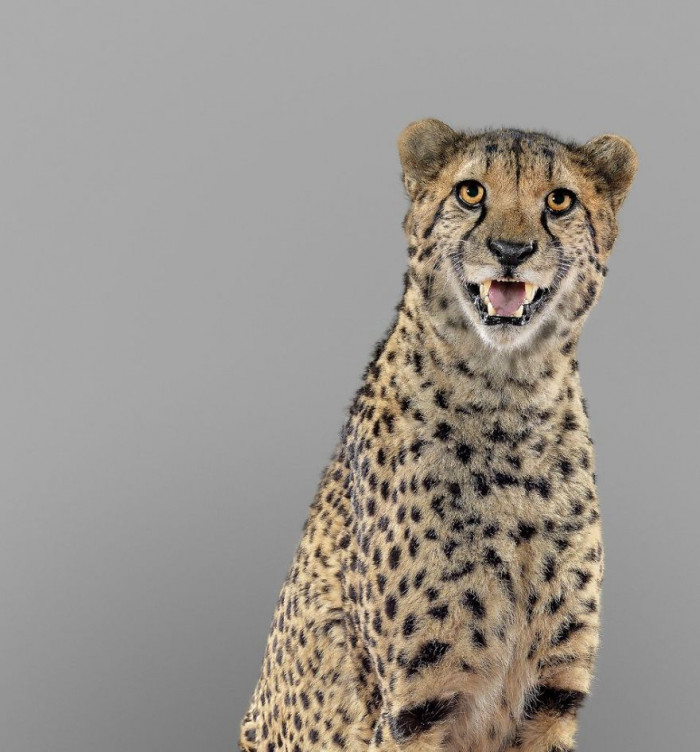 Source
In the wild, the cheetah is a very prolific breeder and can have litters of up to 9 or 10 young. This is mostly to combat the very high mortality rate that cheetah youngsters suffer due to predation from other carnivores along with the fact that cheetah cannot afford to be confrontational and will often have to chose ‘flight’ in a fight or flight situation.
Source
In the wild, the cheetah is a very prolific breeder and can have litters of up to 9 or 10 young. This is mostly to combat the very high mortality rate that cheetah youngsters suffer due to predation from other carnivores along with the fact that cheetah cannot afford to be confrontational and will often have to chose ‘flight’ in a fight or flight situation.https://thebigcatsanctuary.org
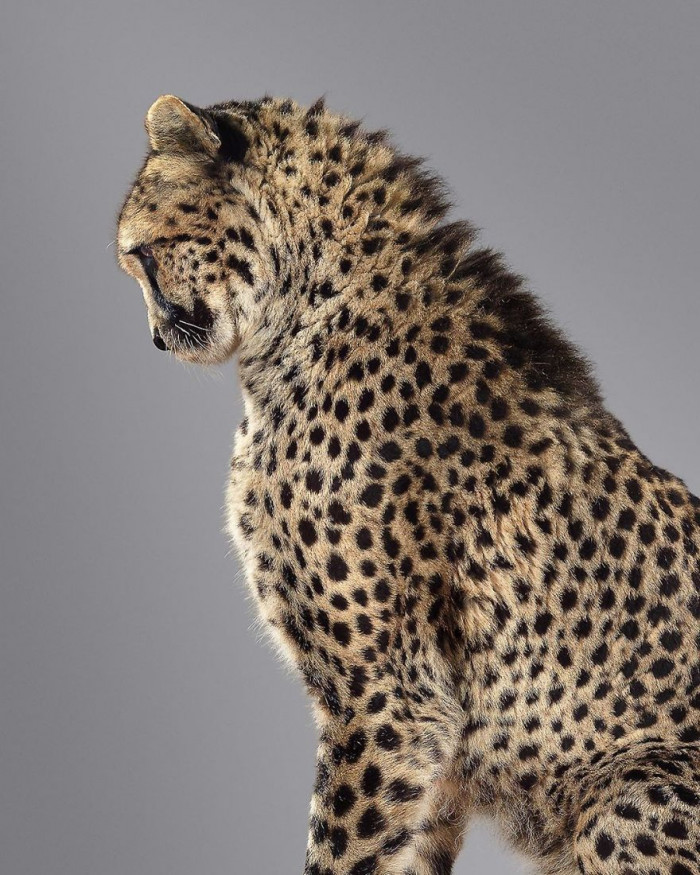 Source
Bajrami, Keene, and Martin were born in a litter of 8 at Boras Zoo in Sweden, where they shared their enclosure with the zoo’s group of rhino!Very different in appearance and character they are all very lovely cats. Bajrami is the lightest in weight and most confident of the three and is always happy to come in the house for a chat.
Source
Bajrami, Keene, and Martin were born in a litter of 8 at Boras Zoo in Sweden, where they shared their enclosure with the zoo’s group of rhino!Very different in appearance and character they are all very lovely cats. Bajrami is the lightest in weight and most confident of the three and is always happy to come in the house for a chat.https://thebigcatsanctuary.org
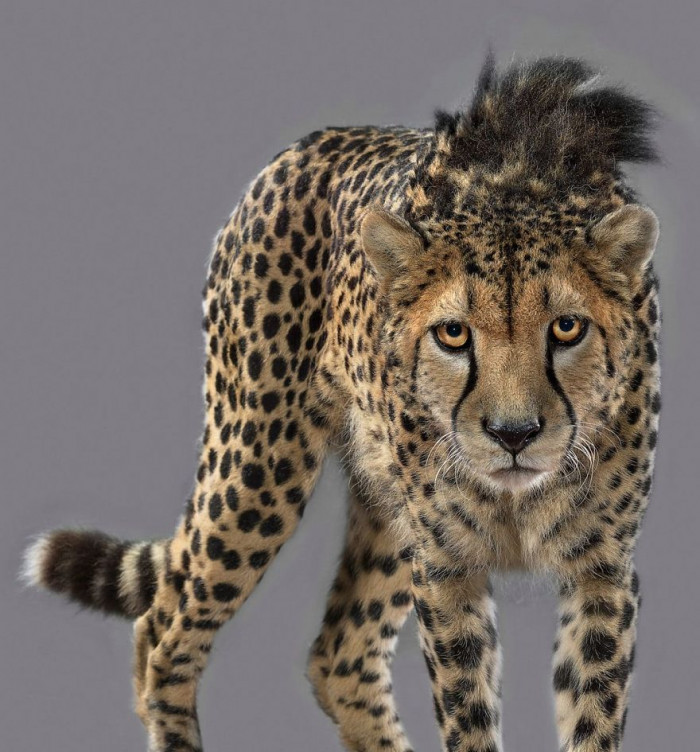 Source
With a completely different body shape to the other felids, Cheetahs neither fit into the ‘big cat’ or ‘small cat’ categories and as such belong to their own genus Acinonyx.Often mistaken for leopards, the cheetah has a very different body shape, being very narrow and lightweight with long slender limbs. Along with this, the coat is covered in single spotted markings very unlike the leopards heavily rosetted coat. Paired with their distinctive tear-drop facial markings the cheetah are one of the most easily identifiable felids. They are currently the world’s fastest land mammals, capable of reaching speeds of up to 68mph with a stride of 7 meters.
Source
With a completely different body shape to the other felids, Cheetahs neither fit into the ‘big cat’ or ‘small cat’ categories and as such belong to their own genus Acinonyx.Often mistaken for leopards, the cheetah has a very different body shape, being very narrow and lightweight with long slender limbs. Along with this, the coat is covered in single spotted markings very unlike the leopards heavily rosetted coat. Paired with their distinctive tear-drop facial markings the cheetah are one of the most easily identifiable felids. They are currently the world’s fastest land mammals, capable of reaching speeds of up to 68mph with a stride of 7 meters.https://thebigcatsanctuary.org
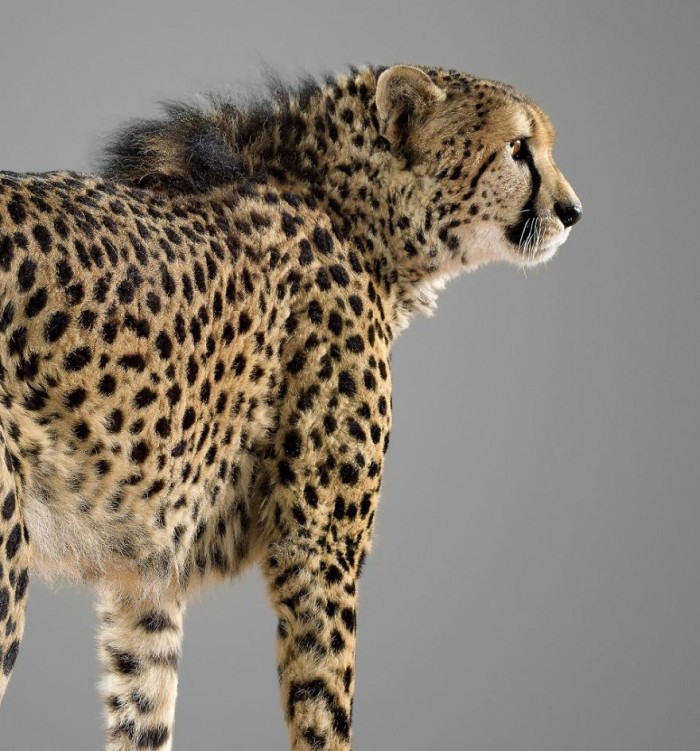 Source
Source
Nias
Nias was born at Tierpark Berlin to parents Santana and Morris, in 2003. He came to WHF, The Big Cat Sanctuary at a year old and was introduced to breeding partner Puna in late 2007.The following year, they had their first offspring; two boys; Asu and Bawa. In 2011, these were Nias is a very handsome cat who has a disliking for the summer heat but enjoys regular hosepipe showers from the keeping teamfollowed by two more sons, Toba and Kubu.https://thebigcatsanctuary.org
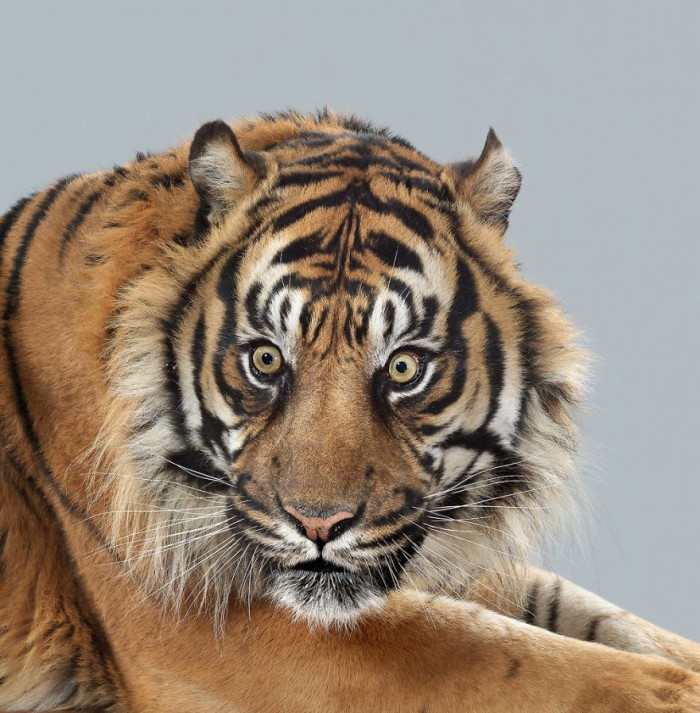 Source
Nias is a very handsome cat who has a disliking for the summer heat but enjoys regular hosepipe showers from the keeping team.
Source
Nias is a very handsome cat who has a disliking for the summer heat but enjoys regular hosepipe showers from the keeping team.https://thebigcatsanctuary.org
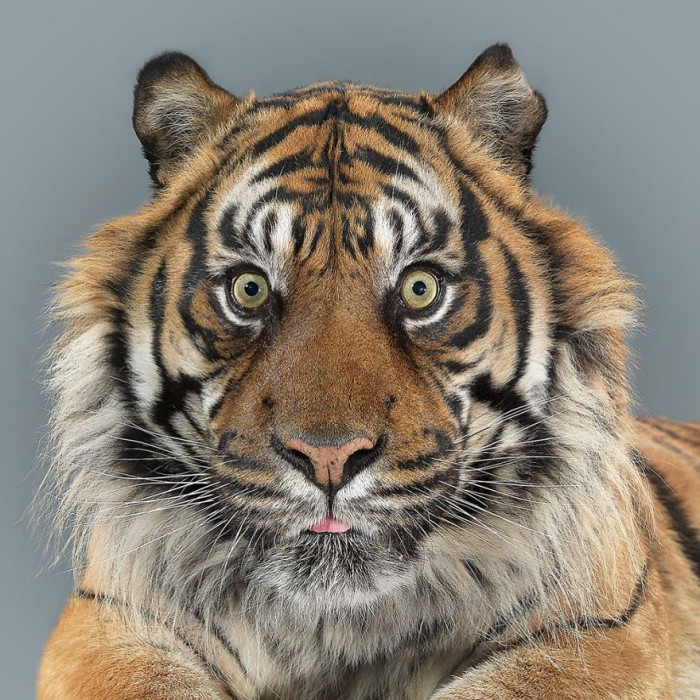 Source
The Sumatran tiger is the smallest of the tiger sub-species. They have a very characteristic dark orange coat, with very thin, closely packed stripes. As with all tiger species, these stripes are as unique to each individual, as our fingerprints are to us. Around the face is a long white ruff of fur, more often seen in males than females. As their name suggests, the Sumatran tiger’s native habitat is the Indonesian island of Sumatra.
Source
The Sumatran tiger is the smallest of the tiger sub-species. They have a very characteristic dark orange coat, with very thin, closely packed stripes. As with all tiger species, these stripes are as unique to each individual, as our fingerprints are to us. Around the face is a long white ruff of fur, more often seen in males than females. As their name suggests, the Sumatran tiger’s native habitat is the Indonesian island of Sumatra.https://thebigcatsanctuary.org
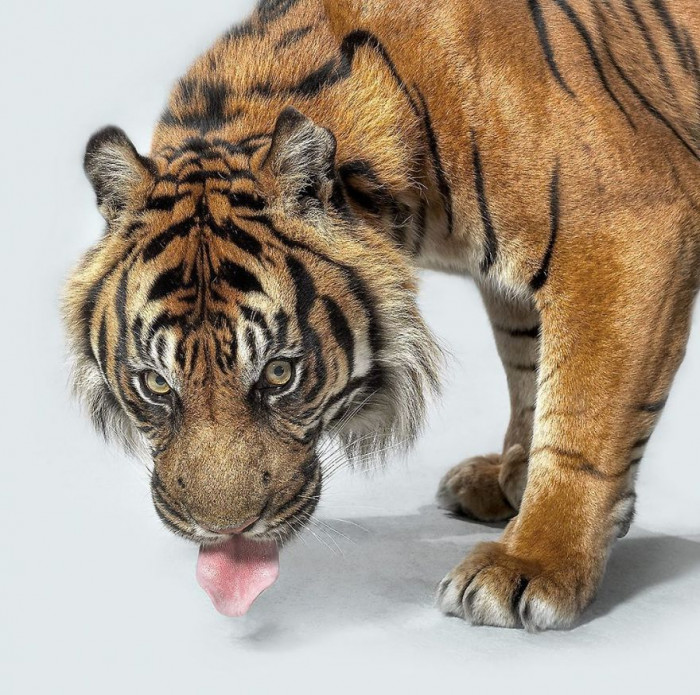 Source
The main threat to the wild Sumatran tiger population is the increasing palm oil trade. The tigers need continual blocks of forest in which to thrive, as being a solitary species this is their only way of meeting breeding individuals.The traditional medicine trade is another problem that faces the wild population, with the demand for bones and body parts showing no signs of slowing down.
Source
The main threat to the wild Sumatran tiger population is the increasing palm oil trade. The tigers need continual blocks of forest in which to thrive, as being a solitary species this is their only way of meeting breeding individuals.The traditional medicine trade is another problem that faces the wild population, with the demand for bones and body parts showing no signs of slowing down.https://thebigcatsanctuary.org
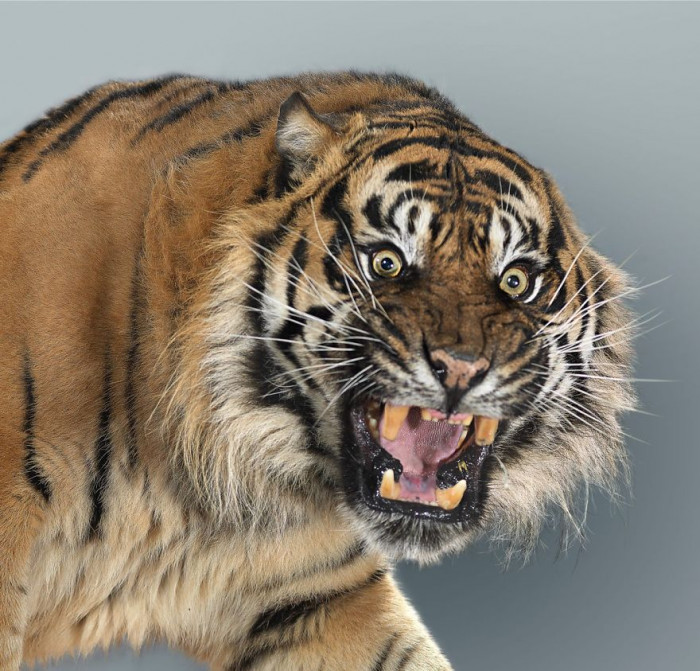 Source
Source
In his interview with Bored Panda, PEROU explained the uphill battle he had when it came to photographing Nias:
For some (unknown) reason, Nias the Sumatran tiger really didn’t like the look/smell/sound of me. Maybe I reminded him of someone who was unkind to him before? For months, visiting every week, I would just have to appear near his den and he would start hissing at me: staring me out with angry eyes.Nias now lets me feed him but still likes me to know he’s the boss, so he’ll still give me a low grumble sometimes.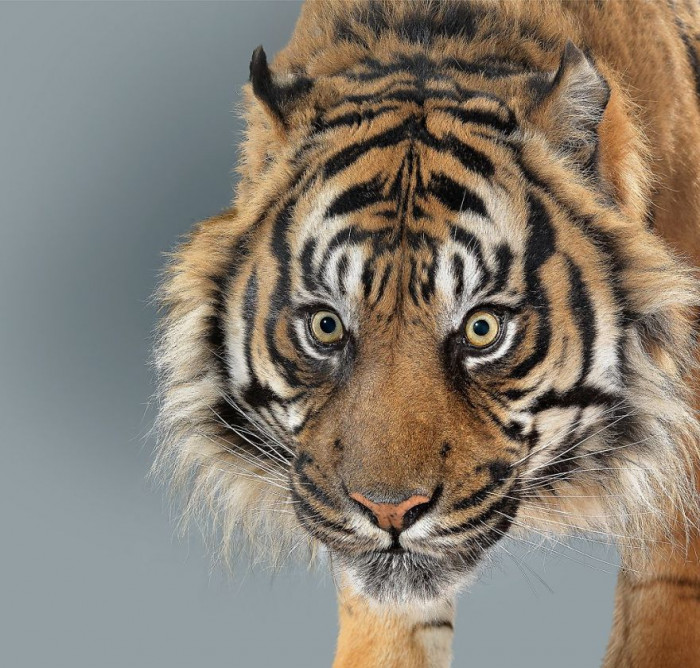 Source
Source
Manzi
The lions at WHF, The Big Cat Sanctuary show many of the behaviors they would in the wild. Typically 16-20+hrs a day will be spent sleeping. Lions will not expend energy unless they have to. When they are active they can be seen walking along the edges of their enclosure. This is simply territorial pacing, normal behavior in which males will walk around the edges of their territory. The two brothers will also carry out social interactions such as grooming one another and roaring. Our males will roar together most evenings and early mornings.https://thebigcatsanctuary.org
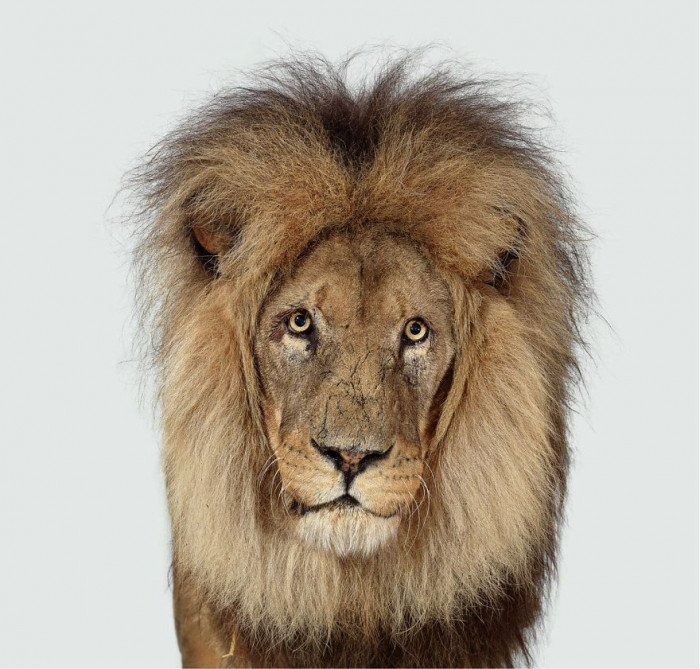 Source
Manzi is the blondest of the brothers and a complete teddybear! Manzi has now gone very blonde due to the fact he is now alone and has no dominance issues or the companionship of other male lions. He is very chatty to Keepers and loves to come over first thing in the morning and the last thing of an evening; however, once the food is within his sight he changes to a very different cat!
Source
Manzi is the blondest of the brothers and a complete teddybear! Manzi has now gone very blonde due to the fact he is now alone and has no dominance issues or the companionship of other male lions. He is very chatty to Keepers and loves to come over first thing in the morning and the last thing of an evening; however, once the food is within his sight he changes to a very different cat!https://thebigcatsanctuary.org
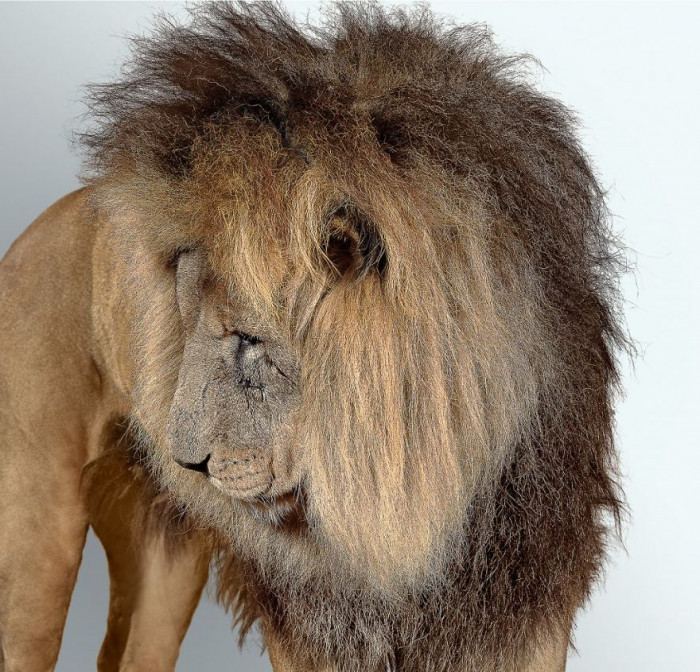 Source
The three brothers, Manzi, Kafara, and Tiny were born at Woburn Safari Park to a female that was unable to care for them due to her milk production stopping. They were taken to PWP to be hand-reared at 19 days old by the keepers there. At this time, one of the cubs was slightly smaller and weaker than the other two, so it was nicknamed Tiny. He pulled through and is now only slightly smaller than his brothers (approx 10KG lighter). Throughout his time at WHF, The Big Cat Sanctuary he has had several gut operations so we now have to monitor carefully what he eats and ensure he doesn’t get too much mane/hair in his meals.
Source
The three brothers, Manzi, Kafara, and Tiny were born at Woburn Safari Park to a female that was unable to care for them due to her milk production stopping. They were taken to PWP to be hand-reared at 19 days old by the keepers there. At this time, one of the cubs was slightly smaller and weaker than the other two, so it was nicknamed Tiny. He pulled through and is now only slightly smaller than his brothers (approx 10KG lighter). Throughout his time at WHF, The Big Cat Sanctuary he has had several gut operations so we now have to monitor carefully what he eats and ensure he doesn’t get too much mane/hair in his meals.https://thebigcatsanctuary.org
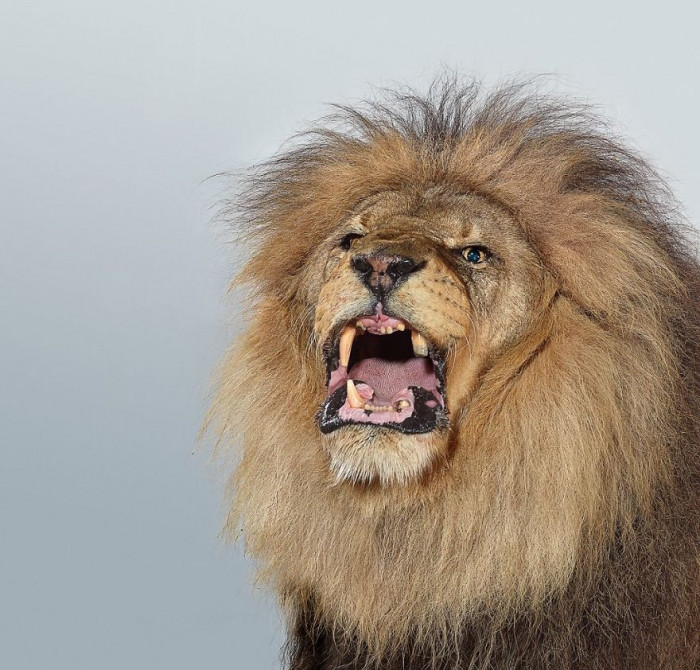 Source
Source
When asked which of the big cats he got to work with was his favorite, PEROU said:
The Amur leopard, Xizi, that I photographed here, is one of only 77 left in the whole world. She is the most beautiful animal I have seen in person.PEROU also had fond things to reflect on regarding Manzi:
He was quite a chap. He lives with a harem of 6 lionesses who keep him busy. He’s BIG and his roar is SO loud.And we can't leave out his reflections on Narnia, either:
Narnia the white tiger is a serene lady most of the time. She wants to be friends with the brown tigers but they hate her because she’s different. These cats are ambassadors for their endangered wild cousins. They are in a sanctuary for rescued cats that would not survive in the wild and are also part of a breeding program to protect animals, species from extinction caused primarily by humans. As good as my pictures are, it would be terrible if all we had left in the world were some nice pictures of extinct animals that we managed to wipe out in our lifetimes… I’m just a photographer: professionally, I just press a button, but this was something I could do to raise awareness about endangered cats in the world and raise a little money for the cats at the sanctuary.We’ve got to save the world (including ourselves), but we’ve gotta save the cats too! Big love to all at the Big Cat Sanctuary who do brilliant work.-PEROU
You can keep up with PEROU's work by following him on Instagram.
Let us know in the comment section what you think of his Big Cat Project and don't forget to share with all your cat-loving friends!
